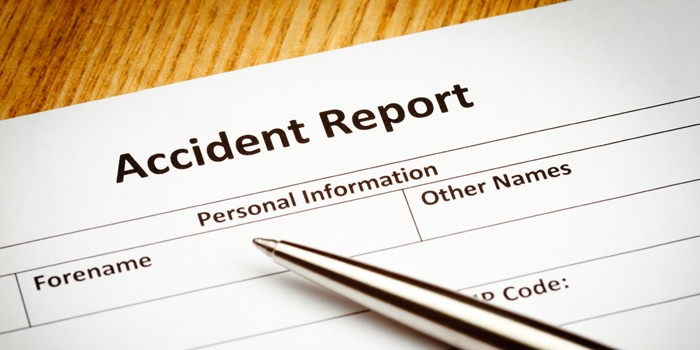On the aftermath of the sinking of the 57k dwt bulk carrier ‘EMERALD STAR’ on 13 October, INTERCARGO notes that lessons need to be learned promptly after maritime casualties and stresses the importance of timely submission of the casualty investigation report to IMO, as a means of identifying the causes of the incident and enabling corrective actions.
As reminded, EMERALD STAR was laden with Indonesian Nickel Ore on a voyage from Indonesia to China, when she sank about 150 nautical miles north-east of the Philippines. To date, 16 crew members have been rescued, while 10 crew members are still missing.
INTERCARGO appreciates the Flag State’s swift action of commencing the investigation of this casualty and encourages close collaboration among all stakeholders (e.g. Classification Society, Owner, Manager, Charterer and P&I Club) in order to submit the accident report to IMO as quickly as possible.
“…Given its commitment to the safety of seafarers and ships as its top priority, INTERCARGO engages itself in making full use of such a report outcome in the industry fora where it participates and in its capacity as the International Association of Dry Cargo Shipowners,” INTERCARGO said in an official statement.
In the meantime, INTERCARGO urges the exercise of extreme caution when loading Nickel Ore and other challenging cargoes and stresses the importance of adhering to the provisions in the International Maritime Solid Bulk Cargoes Code (IMSBC Code) to maximise safety in the transportation of dry bulk cargoes.
Nickel ore is considered as the world’s most dangerous cargo. Mr. John Wilson, Technical Services Asia, American P&I Club (Hong Kong Office) explained the reasons in a previous post highlighting that despite export bans from Indonesia and the Philippines, incidents of nickel ore liquefying onboard ships continue.
Recently, the Hong Kong Marine Department issued a circular to emphasize on the importance of following the IMSBC Code and provide some safety measures related to the carriage of Nickel Ore.
In accordance with IMSBC Code, nickel ore is classified as Group A cargo, which may liquefy if shipped at a moisture content in excess of its Transportable Moisture Limit (TML). Recommended safety messages are:
- The shipper must provide the valid certificate of the TML and certificate or declaration of the moisture content issued by an entity recognized by the competent authority of the port of loading in advance. The declaration of moisture content shall contain the average moisture content of the cargo at the time the declaration is presented to the master.
- The master may carry out complementary test for determining the possibility of liquefaction in accordance with section 8.4 of the IMSBC Code before accepting for loading
- All measures shall be taken during loading operation and throughout the voyage to avoid an increase in moisture content of the cargo
- The cargo shall not be handled during precipitation unless appropriate measures to be taken
- Non- working hatches of the cargo space should be closed
- The appearance of the cargo shall be check regularly during voyage. If free water above the cargo or fluid state of the cargo is observed during voyage, the master shall take appropriate actions to prevent cargo shifting and potential capsize of the ship and give consideration to seeking emergency into a place of refuge.
Furthermore, the International Group of P&I Clubs has warned about key challenges associated with the loading and carriage of nickel ore and reminded previous accident. In October and November 2010 three vessels the “Jian Fu Star”, “Nasco Diamond” and “Hong Wei” sank during the carriage of nickel ore from Indonesia to China with the loss of forty four seafarers.
Since that time another vessel, “Vinalines Queen”, has also been lost after loading nickel ore in Indonesia.
There have been a number of other recent reports of cargoes of nickel ore loaded in both Indonesia and the Philippines liquefying and causing loss of stability to the carrying vessel but fortunately not resulting in the loss of the vessel. In one such case the carrying vessel grounded causing extensive hull damage.
Currently nickel ore is only loaded in four locations in the Philippines; Santa Cruz (Luzon), Surigao and Tubay (Mindanao) and Rio Tuba (Palawan Island).
































































